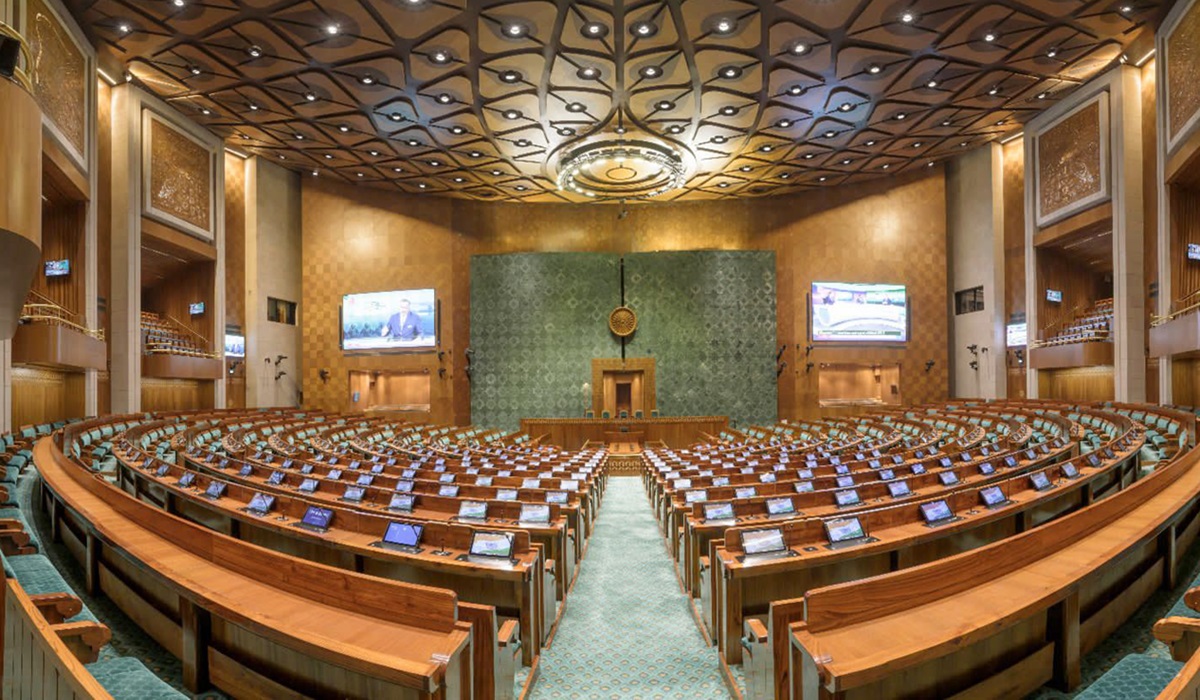India’s Babu Culture: A Legacy That Still Shapes Governance
- Xuemei Pal
- Asia
- South Asia
- Trending News
- September 3, 2025

Image Credit: Wiki
India’s bureaucracy has long been a topic of fascination, but for many citizens, it is equally a source of frustration. Experiences with government offices often evoke a familiar complaint: endless paperwork, slow-moving files, and rigid procedures that seem designed to test patience. This phenomenon, widely referred to as “babu culture,” is more than just inefficiency; it is a mindset rooted in India’s colonial past that continues to shape governance, business, and everyday life.
The term babu originally meant “gentleman” or “respected person” in several Indian languages. During British colonial rule, it came to describe educated Indians who worked as clerks, accountants, or junior officials in the administration. These officials were trained to follow strict procedures, draft lengthy reports, and act as intermediaries between British officers and the local population. While their work was essential for the functioning of the colonial administration, babus were rarely empowered to make independent decisions. Their role reinforced a culture of compliance, hierarchy, and procedural obsession that carried over into independent India after 1947.
Today, babu culture is often criticized for the inefficiencies it produces. Red tape is its most visible manifestation, with citizens frequently navigating multiple forms, signatures, and approvals for even the simplest requests. The famous “file culture” ensures that decisions move through layers of bureaucracy, often delaying outcomes by weeks or even months. The hierarchical nature of the system discourages junior officials from taking initiative, as every decision requires senior clearance. Many bureaucrats enjoy visible symbols of power, such as government cars, official titles, and office perks, reinforcing a culture of status and privilege. At the same time, fear of blame leads officials to prioritize rules over results, treating citizens as petitioners who must humbly request services rather than as clients entitled to efficient governance.
The real-world consequences of babu culture are felt across multiple sectors. Ordinary citizens endure long waits, repeated visits to offices, and unclear procedural requirements when seeking services ranging from passports to business licenses. Entrepreneurs frequently cite bureaucratic hurdles as a major barrier to investment, with approvals for commercial or infrastructure projects requiring navigation through complex departmental networks. Even well-intentioned government policies often stall due to overlapping responsibilities, procedural bottlenecks, and officials unwilling to make bold decisions, illustrating that the culture of caution and hierarchy affects outcomes at the highest levels.
Public perception of babu culture is shaped by both humor and frustration. Popular media and cartoons often depict the babu as a man buried under piles of files, sipping tea while citizens wait outside. Although exaggerated, these portrayals reflect genuine grievances and the frustration of millions of Indians who encounter administrative delays. News reports frequently highlight cases of stalled files, delayed projects, or officials prioritizing perks over performance, reinforcing the negative stereotype.
Efforts to reform babu culture have made some progress in recent years. Initiatives such as Digital India and e-Governance have moved services online, allowing citizens to complete tasks like passport applications, tax filings, and business registrations without navigating cumbersome offices. The Right to Information Act, enacted in 2005, empowers citizens to request government records, improving accountability. Performance evaluations and citizen charters have also been introduced to ensure that departments meet timelines and benchmarks. While these measures have mitigated some inefficiencies, the deeper hierarchical mindset and risk-averse culture remain difficult to eradicate.
Babu culture extends beyond the corridors of government offices into politics and broader society. Ministers often face bureaucratic resistance when implementing reforms, and officials may use the system to maintain control or patronage networks. Socially, hierarchical attitudes and insistence on deference mirror bureaucratic behavior, suggesting that the culture has seeped into everyday interactions and community norms.
Overcoming babu culture is not merely a matter of procedural changes; it requires a transformation in mindset. Empowering junior officials, promoting accountability, and prioritizing citizen service are crucial. Technology and digital governance can help reduce delays, but cultural elements such as status consciousness, rigidity, and risk aversion present a more stubborn challenge. While Indians today can file taxes or renew driver’s licenses online with relative ease, the deeper cultural shift necessary for efficient, citizen-centric governance is still underway.
Babu culture is both a historical legacy and a contemporary challenge. While adherence to rules and accountability are important, the system often slows progress, frustrates citizens, and complicates business. Reforms like e-governance and the Right to Information Act have made significant inroads, yet lasting change requires addressing the cultural attitudes that underpin bureaucracy. For India to fully realize its potential as a modern democracy and global player, it must move beyond the constraints of babu culture toward a system that emphasizes efficiency, transparency, and service to the public. Until then, the word babu will remain a reminder of bureaucracy’s enduring hold on everyday life.








